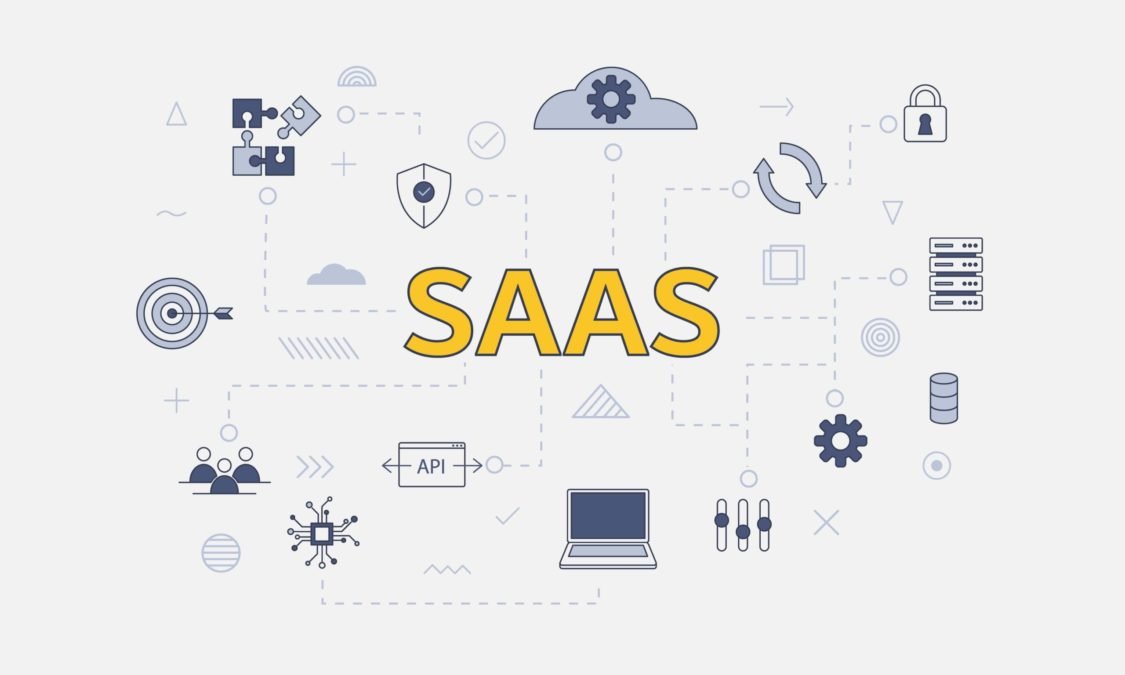You finally came up with the idea that seems to be just the thing missing on the market. Your team has already started building the product, and you’re very confident about its success. It seems like everything is in place and that conducting user research could just be an unnecessary waste of time and money.
Unfortunately, things don’t always go as planned.
The further you go with building your product, the harder it will be to go back and assess the potential for improvement. You may even complete the process, only to realize this isn’t what people actually need.
If you don’t want to join the majority of those who don’t do their research first and fail as a result, you should reconsider the importance of detailed user research.
Let’s avoid making mistakes that are simple to prevent by going over the key reasons to conduct user research through all phases and make the most out of insights you gather along the way.
Table of Contents
ToggleReasons To Conduct User Research
1. Understand your audience
Understanding the future users of your product is an essential product marketing strategy. This may seem obvious, but a lot of brands don’t truly have their audience defined. You’ll often hear very broad statements, such as “we’re targeting startups” or “our user is between 25 and 50 years old”.
Your user persona should be the base when going into user testing. You can view it as a two-part process. The first half is creating a profile of your average user, their habits, and ways that your product fits into their everyday life.
The other, probably even more important part, is confirming your hypothesis through research and interviews studying users’ behavior. This can have multiple benefits in the long run.
First, when you see how the audience reacts to your product, you’ll have a new perspective on further building and improving your product.
For example, by asking the right user testing questions you may realize that the majority of your users don’t prioritize the visual aspect of your product. They may just want a clean, simplified interface, even though you initially planned to include all kinds of different color schemes. While it may be hard, you need to let people show you what is truly essential for your product.
Also Read: Five Marketing Mistakes Your SaaS Company is Making
2. Increase your odds

It would help if you looked at user research as part of your product’s lifecycle, not something that’s a chore before its run begins. That’s why “early adopters” are of great value for all products’ prospects – by creating trials that involve the right users; you can create a starting base that will get on board as soon as you launch.
Your test groups can give you insights about the user experience that are valuable for building the product and, eventually, user retention.
Chances are, if you involve the same audience through different phases of the project and they see you implement their suggestions, they’ll probably be on the lookout for the final product. This also means that it’s not essential to have as many testers as possible. Rather, you should pick those that fit your user persona as closely as possible.
Depending on the duration of their involvement, you can also reach out to them with updates later on or even provide them with early access to keep them engaged. This can also result in good word-of-mouth, especially if it’s something that they can share with the people in their closer work or friend groups.
Also Read: Five Marketing Mistakes Your SaaS Company is Making
3. Make the process more efficient
Building a good SaaS product is usually a time-consuming task that can often extend far beyond the deadline you first had in mind. We’re sure that if you worked on similar projects before, you saw a lot of unexpected lags that come up in various phases.
That’s why you should start with user research early on and let the audience interact with your product as soon as you have a presentable draft. It may look like you need to develop everything before external users see it, but you can start testing even with just a couple of screens ready.
Through interaction with these first versions, users can help you recognize unnecessary parts of your product, making the process faster down the line.
For example, it may prove that some of the features you had in mind are not resonating with the users, and you can remove them completely without having core functionalities change.
Not only does this make the process more streamlined, but it also has a positive impact on your budget since the process can get quite expensive as you get closer to the launch.
Also Read: The Most Successful SaaS Marketing Strategies To Try
4. Understand your product better

We talked about how the research will help you understand your audience better, but this also applies the other way around – their actions can help you see your SaaS product from a different perspective.
Sometimes you get attached to features that work differently when you put them to the test, revealing issues you didn’t even consider before. The more users interact with your product, the easier it will be to find ways to improve it.
To achieve this, you should set clear goals for your tests. When you get specific, it becomes much easier to go step by step and see how each part works in action. You should avoid doing overall tests that look at the product as a whole and instead focus on setting tasks that can show if something needs adjustments.
This should be fairly simple to do; you should set up your account first and build your way to more complex functionalities. That way, you can see how users go about it and remove any bottlenecks that may appear through each step.
Even if it turns out something you thought was the best solution doesn’t seem intuitive for the audience at first, this can lead you to discover an even more efficient product that you didn’t think about at first.
Also Read: Rocket your Business 2X with the Best SaaS CRM Software for Sales and Leads
Conclusion on SaaS Product
The purpose of your research is to better understand both your audience and your product. By going through different phases of development, you’ll learn about the advantages and potential adjustments needed to make your SaaS more user-friendly.
Try to get your product in front of an audience as soon as possible and keep adapting throughout its phases. When you set up specific tasks with a clear goal in mind, you’ll be able to assess the level you’re at and adapt as you get closer to the final version.
It may seem a lot at first, but the hard work you put in during the user research will result in a better ROI as you’ll be as ready as possible for your launch without the need to do endless adjustments and updates when the product is already live.
About the author
Lindsey Allard is the CEO of PlaybookUX, a video-based user feedback software. After seeing how time-consuming and expensive gathering feedback was, Lindsey made it her goal to create a solution to streamline the user feedback process.
Interesting Read:
10 Essential BuddyPress plugins For a Community Website
The Best Premium WordPress BuddyPress Themes
Useful Hacks And Customizations For Your BuddyPress Powered Website Via Reign Theme








